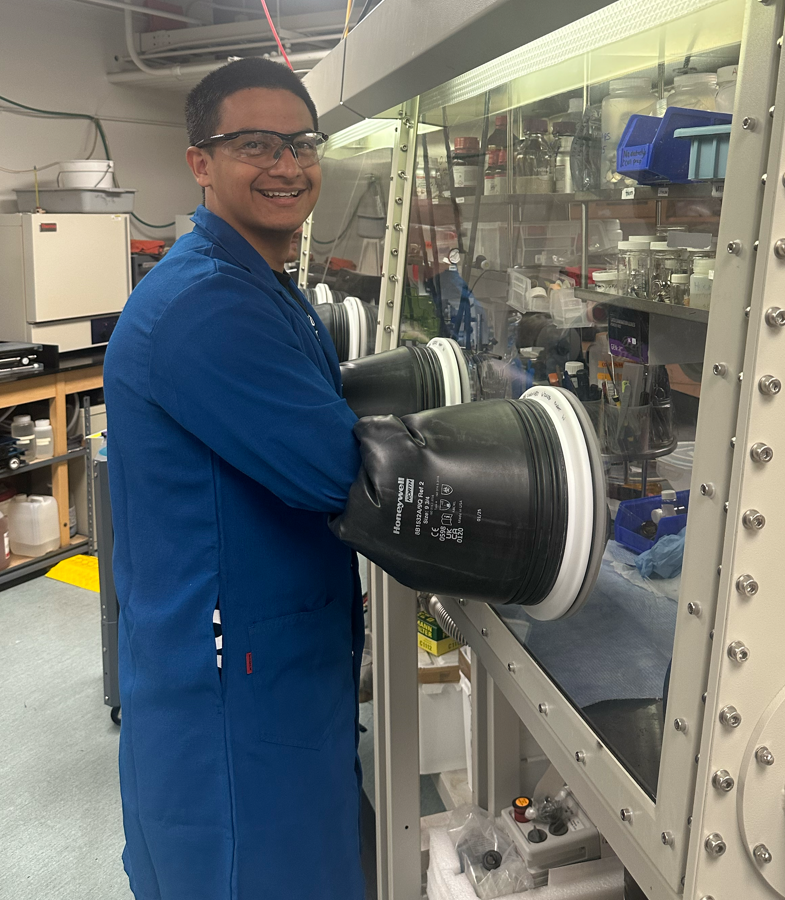
Rechargeable lithium-ion batteries have become the dominant energy storage technology for portable electronics, electric vehicles, and grid-scale applications due to their high energy density and long cycle life. However, the limited global supply of lithium and its increasing cost raise significant concerns regarding the long-term sustainability and scalability of this technology. As a promising alternative, sodium-ion batteries offer the advantage of abundant and inexpensive sodium resources, along with chemical and electrochemical similarities to lithium that allow for analogous battery architectures. Despite this potential, sodium-ion batteries still face challenges related to electrode material stability, capacity retention, and scalability. This study focuses on the design, synthesis, and characterization of layered sodium transition metal oxides (NaMO₂, where M = Mn, Fe, Ni, Cu) as cathode materials for Na-ion batteries. These materials were synthesized using both conventional high-temperature solid-state routes and novel microwave-assisted methods, yielding high levels of phase and compositional purity. Structural analysis was performed using in-house and synchrotron X-ray powder diffraction, with Rietveld refinement providing insight into crystal symmetry, lattice parameters, and atomic-level structural stability. Na-metal half-cells were assembled in an argon-filled glovebox and subjected to electrochemical evaluation, including cyclic voltammetry and galvanostatic charge–discharge cycling. The synthesized materials exhibited well-defined redox activity and stable cycling behavior, with discharge capacities exceeding 100 mAh g⁻¹ at a C/5 rate maintained over 50 cycles. These results demonstrate the viability of NaMO₂ compounds as cost-effective, scalable alternatives to traditional Li-based cathode materials. This work contributes to the growing field of sodium-ion battery research by providing insight into the structure–property relationships and synthesis approaches necessary for next-generation sustainable energy storage technologies.